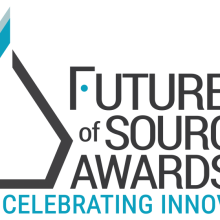This October, the Future of Sourcing Awards will celebrate organizations and individuals that have shown innovation, leadership and transformation in categories that are critical to the sourcing industry. Interviews with the finalists provide helpful insight about their projects, the problem they sought to solve and the impact to their organizations. Learn more the team at Bank of Montreal and their third-party management strategy with their Armored Car innovations.
Can you outline why your team embarked on this project and the problem that needed to be solved?
How were things done originally and what was the inspiration to innovate the process?
What KPIs did you use to measure success for this project? (For example: performance, customer satisfaction, revenue, sales or relevant financial gains?)
How do you plan to ensure that the new model remains relevant and adapts to the future needs of the market?
What advice do you have for those who may want to implement this innovative approach in their own organizations?
How did your team assess the risks/potential for your third party management strategy?






